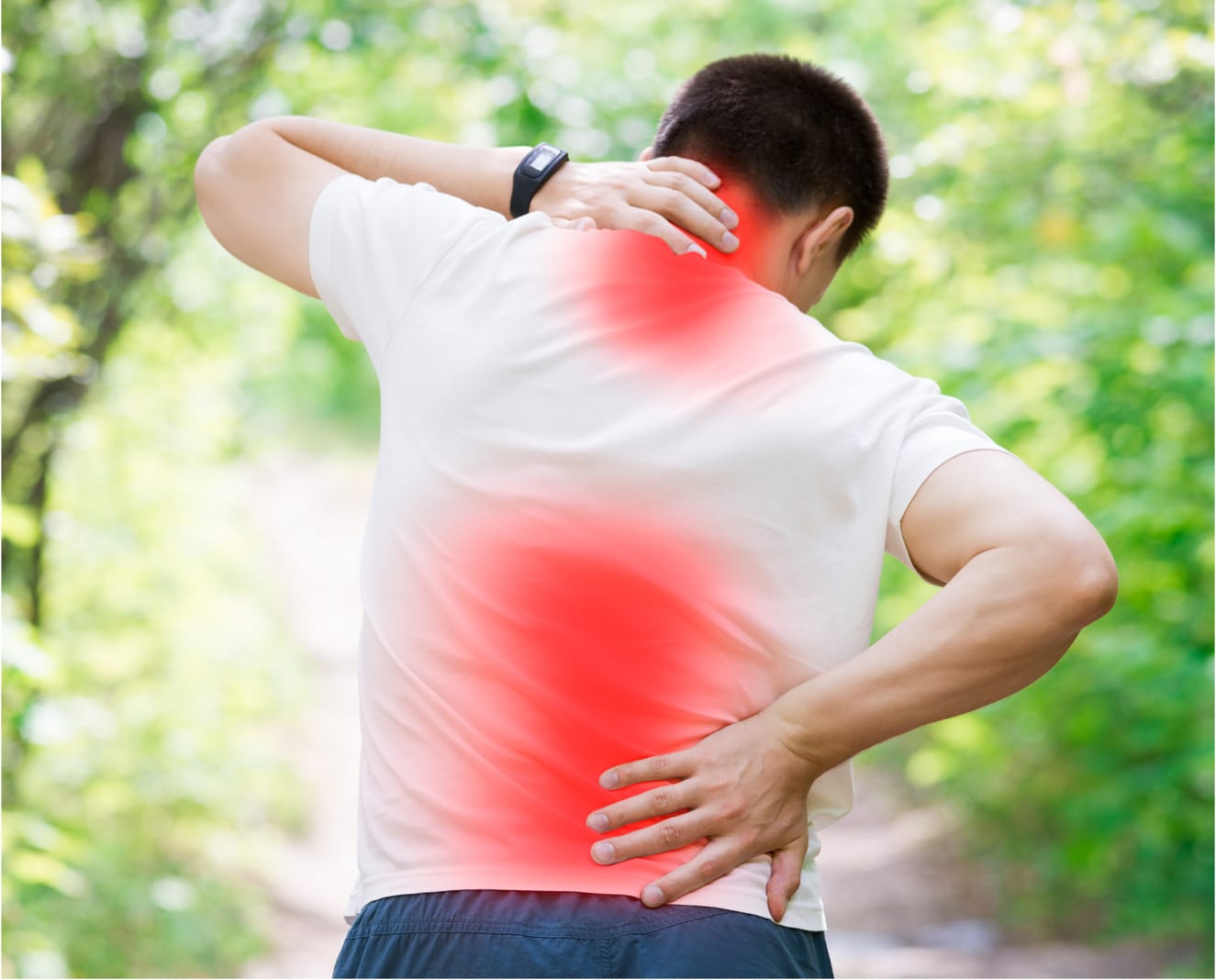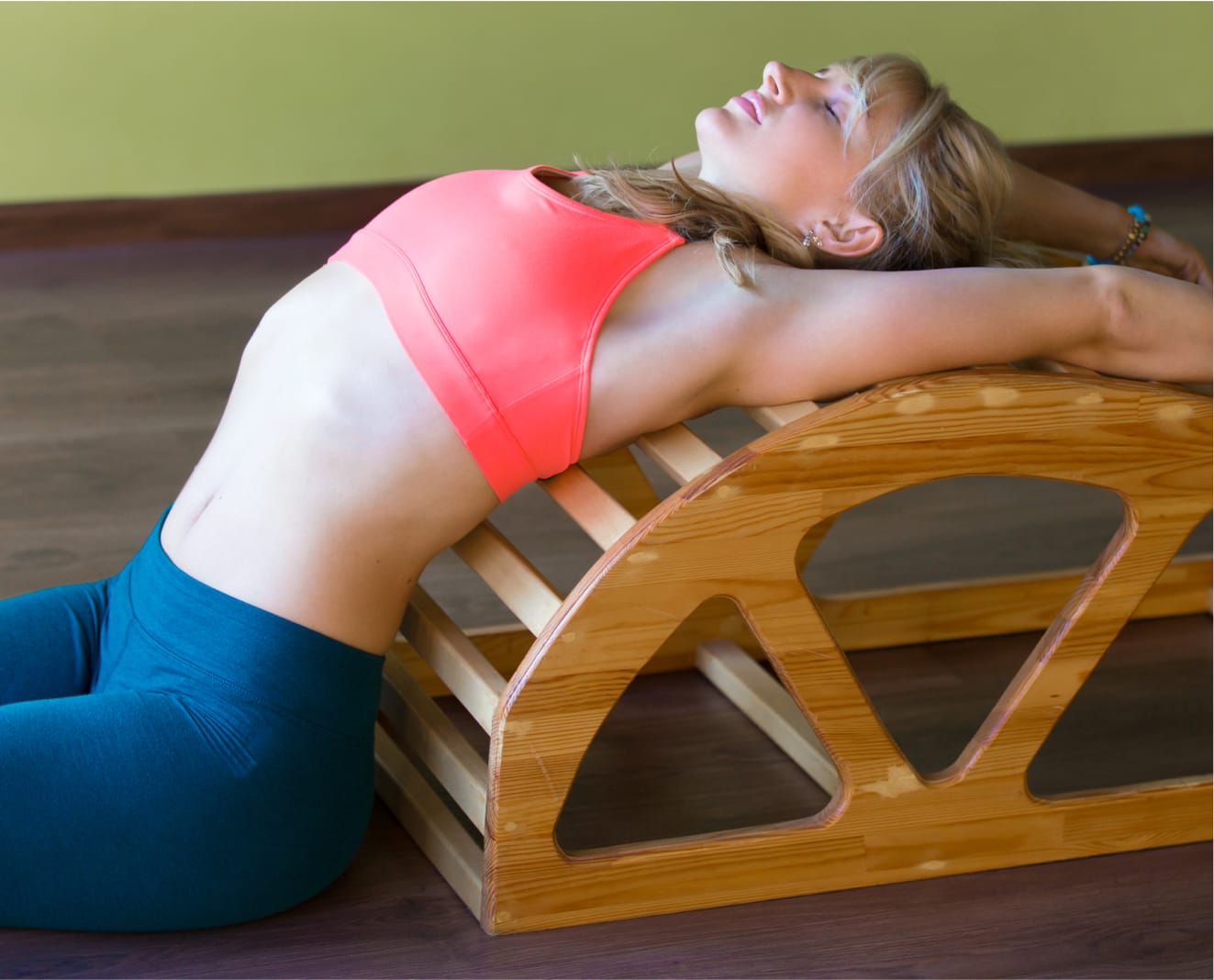Adult scoliosis is defined as an abnormal curvature of the spine in a patient over eighteen. Scoliosis can be a result of a childhood curvature that was left untreated and has since progressed. If scoliosis occurs in an adult with no history of a childhood curvature, it classifies as adult degenerative scoliosis. More often than not, adult scoliosis is caused by osteoporosis or degenerative disease.
Adults with scoliosis have distinct differences in their symptoms and treatment options compared to pediatric or adolescent patients.
 A 71 year old female was diagnosed with degenerative scoliosis. Treated with minimally-invasive scoliosis correction.
A 71 year old female was diagnosed with degenerative scoliosis. Treated with minimally-invasive scoliosis correction.
Adult scoliosis differs from adolescent scoliosis as the spinal curvature is commonly related with back pain as the main presenting complaint. Curvature in the adult also tends to be severe and often progressive. The adult scoliosis deformity tends to be much less flexible, making treatment more complicated. Advanced degenerative disc disease stages may be associated with adult scoliosis and may be the primary cause of back pain for many patients. Pinched nerves from herniated discs and arthritis may also occur.
Lower back pain and postural changes are primary signs of adult scoliosis. Pain is usually caused by degeneration of the spine and not abnormal curvature. However, the degenerative process can be aggravated by the scoliosis deformity or vice versa.
Abnormal curvature can cause:

Most adult scoliosis treatments are non-operative. These could include exercise and conditioning, formal physical therapy, and the use of non-steroidal anti-inflammatory medications such as Ibuprofen (Motrin). Nerve root blocks or epidural steroid injections may help to address leg pain occurring from pinched nerves in the lumbar spine. Bracing is rarely used for an adult patient but may be helpful for the elderly patient who is not an appropriate surgical candidate. Osteoporosis and osteopenia can be treated with exercise and nutritional supplements such as calcium and vitamin D.

Surgery is recommended for patients with curves that have exhibited curvature progression that have worsened over time, and the pain is not responsive to non-operative treatment. Severe spinal deformities may also be indicated for surgical treatment. Surgery in the adult patient may be performed by utilizing a range of surgical approaches and techniques. Dr. Stieber may also employ new invasive procedures to treat some types of adult scoliosis.

The recovery period following adult scoliosis surgery can be variable depending on the character of the preoperative deformity, the complexity of surgery required, and other patient factors. Patients may get back to full activities as quickly as three months after surgery. However others may require a substantially longer recovery process.
Patients who choose to undergo adult scoliosis surgery can hope to experience a significant improvement in their spinal balance and overall quality of life with a return to an active lifestyle.
© Stieber MD. All Rights Reserved. Designed & Developed by Studio III
Alternate Phone: (212) 883-8868